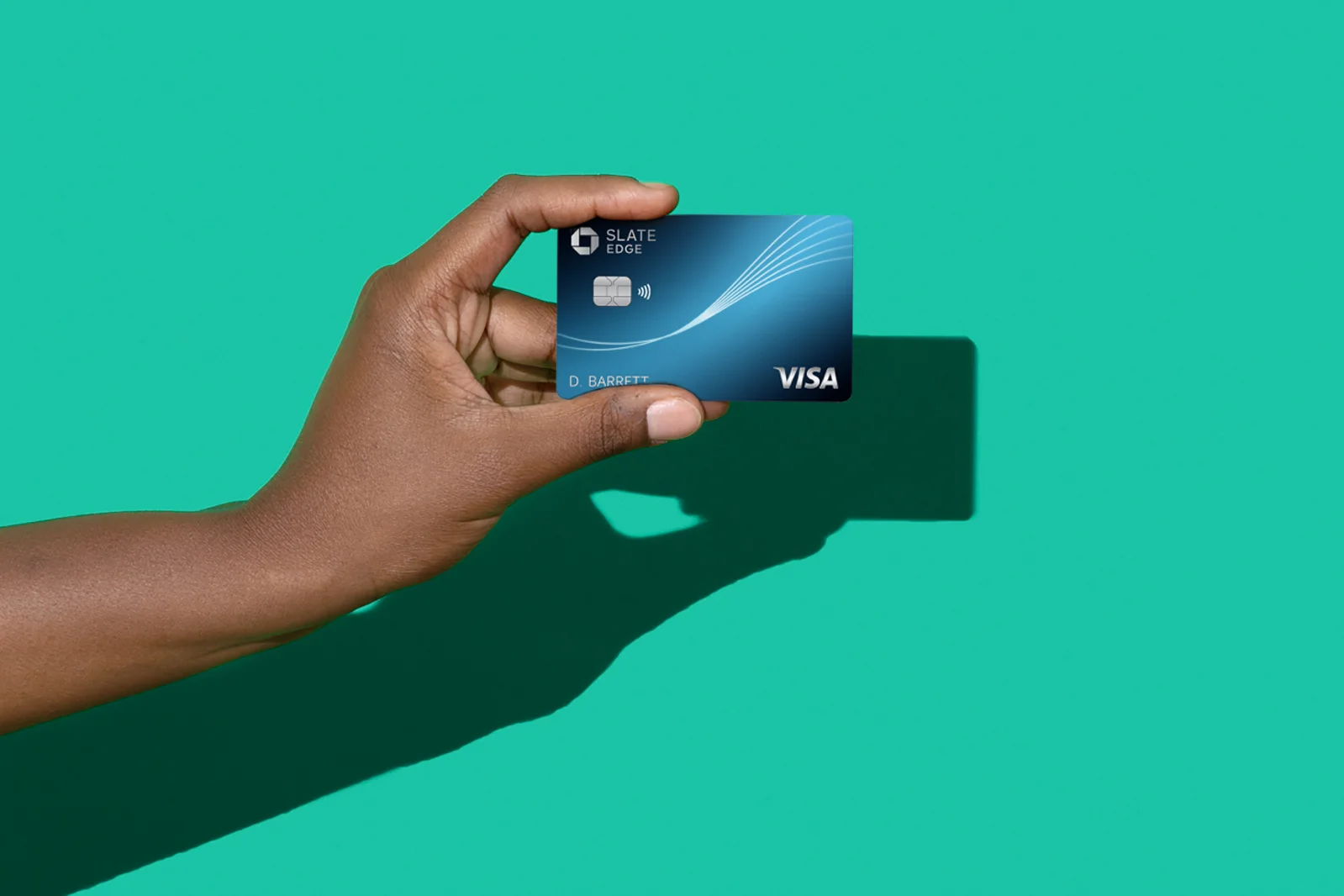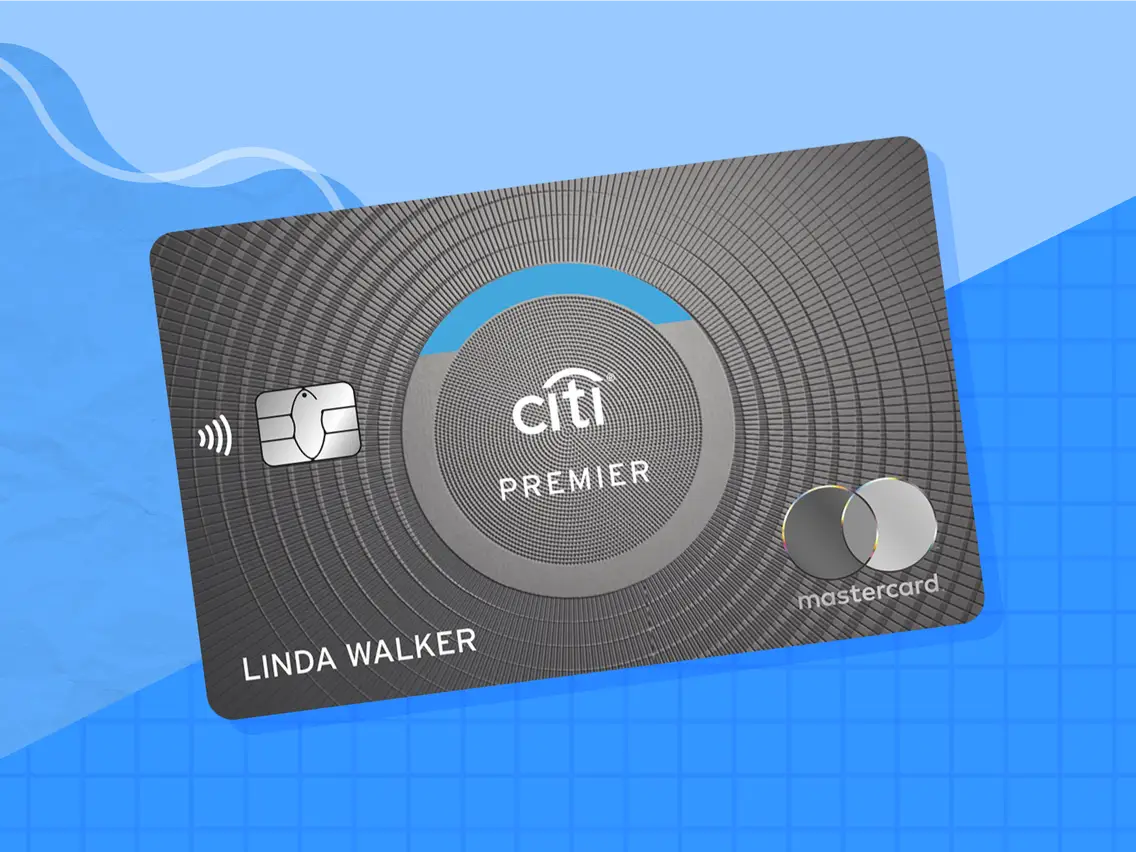In recent years, the financial industry in the USA has seen a wave of innovation, leading to the rise of digital banks. But with traditional banks still holding a significant portion of the market share, one may wonder: which is the better option, traditional banks or digital banks?
Anúncios
This post aims to explore the pros and cons of both, helping you to make an informed decision when choosing your financial institution. Let’s dive into the key aspects that differentiate these two types of banks and see which might be the best fit for your needs.
We’ll be comparing traditional banks and their modern digital counterparts, weighing their advantages and disadvantages across several criteria. By the end, you’ll have a clearer picture of which type of bank aligns more with your financial habits and goals.
Accessibility and convenience

One of the primary distinctions between conventional banks and digital-only institutions lies in their accessibility and ease of use. Traditional banks offer a network of physical branches where customers can receive in-person assistance for various financial needs. This personal touch can be reassuring, especially for those who prefer face-to-face interactions.
On the other hand, digital banking institutions shine when it comes to convenience. With no need to visit a branch, customers can manage their accounts, transfer money, and access various services through a mobile app or website.
This 24/7 accessibility can be a significant advantage for tech-savvy individuals who want to handle their finances on the go. Ultimately, your preference for in-person service versus online convenience will heavily influence your choice between traditional and digital banks.
Branch networks and ATMs
Traditional banks generally have extensive branch networks and a wide range of ATMs. Being able to visit a nearby branch for complex transactions or to resolve issues can be very beneficial. Moreover, most established banks have their own ATMs, allowing for fee-free cash withdrawals.
Conversely, digital banks often lack physical locations and proprietary ATMs. However, they frequently partner with large ATM networks to offer fee-free withdrawals. Some digital banks even reimburse ATM fees, providing added flexibility despite their lack of physical presence.
This indicates that if physical interaction is crucial for you, traditional banks may be more suitable, while digitally inclined users may find the ATM partnerships of online banks satisfactory.
Customer service
Customer service is another compelling factor when comparing traditional and digital banks. Physical banks provide in-branch customer service, allowing for a more personalized approach. Speaking directly with a bank representative can often lead to quicker issue resolution.
Digital banks, conversely, excel in online and phone support, often providing 24/7 assistance through chatbots and readily available customer service representatives. However, the lack of face-to-face interaction can be a drawback for some customers. Evaluating which method of customer service you prefer will contribute significantly to your decision.
Cost and fees
The cost of banking services is another crucial factor to consider when choosing between traditional and digital banks. Conventional banks often come with various fees—such as maintenance charges, ATM fees, and overdraft fees—that can add up over time.
While many of these institutions have started offering more competitive fee structures, the costs can still be significant. Digital banks are known for their low-fee or no-fee models. By operating without physical branches, these online banks can cut down on costs, often leading to more attractive fee structures for customers.
Many digital banks offer no monthly fees, no minimum balance requirements, and lenient policies on overdrafts. If minimizing fees is a top priority for you, digital banks may offer a more economical option compared to their traditional counterparts.
Interest rates and rewards
Interest rates on savings accounts, along with other financial rewards, are another area where digital banks often excel. The reduced operational costs of online banks allow them to offer higher interest rates on deposits, making them attractive for savers.
Traditional banks have been slower to match these higher rates but might compensate with other incentives like rewards programs, cash-back options, and promotional offers. Depending on what you value more—high interest on savings or additional rewards and incentives—this could sway your decision between the two types of banks.
Security and trust
Security is a paramount concern when it comes to managing your finances. Traditional banks bring decades, sometimes centuries, of trust and reliability. Their longstanding presence often reassures customers who prioritize security. Digital banks, while newer, are not lacking in security.
Many are FDIC-insured and comply with stringent security protocols to protect customer data. However, the perception of risk might still be higher among some consumers. Your comfort level with technology and trust in digital platforms will likely influence your preference for traditional or digital banking institutions.



